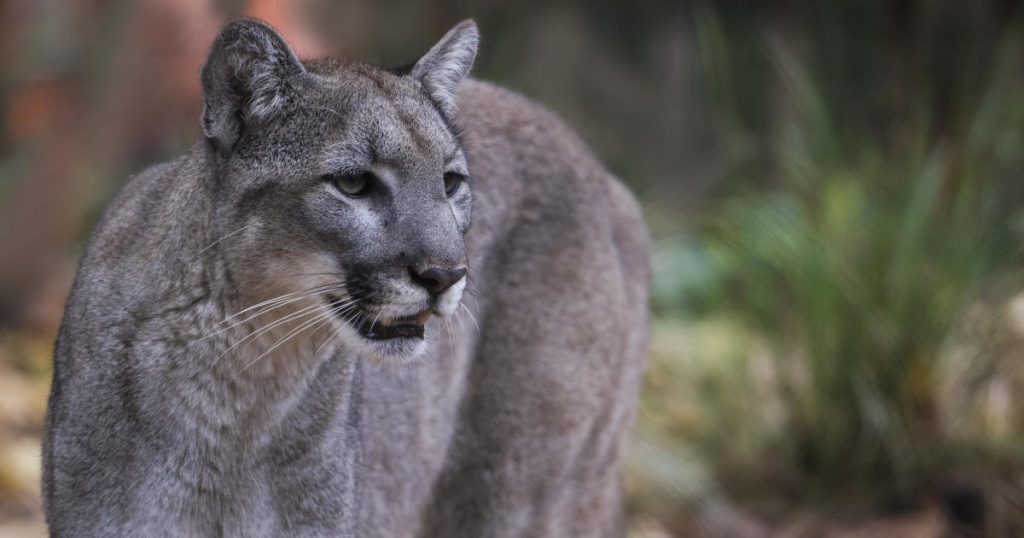The 2024 calendar has seen a concerning number of Florida panther deaths, with 14 reported so far. This number surpasses the total from 2023. Most of the deaths were caused by vehicles, with 11 involving accidents and one caused by a train. According to Elise Bennett of the Center for Biological Diversity, there are only between 120 and 230 adult panthers left in Florida, with most residing in South Florida. Factors such as growing human populations and increased vehicular traffic in the panthers’ limited habitat contribute to the high number of deaths.
Bennett explains that the growing human population, infrastructure development, and higher traffic speeds are leading to the endangerment of the Florida panthers. She notes that the cats have been cornered into a small area of Southwest Florida, where the majority of roadkill incidents occur. Despite the increase in panther deaths this year, Bennett considers the numbers to still be low compared to previous years. In 2021 and 2022, 27 panthers died each year, and in 2020, 22 panthers died. The reasons for the lower number of deaths in 2023 are unclear.
Efforts are ongoing to conserve the endangered Florida panther species. Bennett explains that in order for the species to no longer be considered endangered, there would need to be three distinct populations of 240 adult panthers each. This goal seems far off, and the Florida Wildlife Corridor initiative aims to protect important habitats to allow panthers to move freely between populations. Conservationists are working to find a balance between human population growth and protecting panther needs. The hope is to ensure that new developments are done in a compact way that does not encroach on important panther habitats.
Conservationists are striving to create conditions that would allow panthers to return to their former habitats in north Florida and Georgia without significant risk. The Florida Wildlife Corridor initiative plays a crucial role in identifying key areas for protection that would facilitate panther movement. Bennett emphasizes the importance of ensuring that new development does not impede panther habitat and that every step taken considers the needs of the endangered species. The ultimate goal is to find a balance that supports both human populations and the endangered panthers.
The future of the Florida panther population remains uncertain, with ongoing challenges posed by human development and vehicular traffic. Conservation efforts are crucial in protecting and preserving the remaining panther populations. The need to create conditions that allow panthers to thrive and expand their habitats while also addressing human population growth is a complex issue that requires careful planning and collaboration between conservationists and developers. Ultimately, the goal is to ensure the continued existence of the Florida panther species and their eventual recovery to a point where they no longer require protection.


